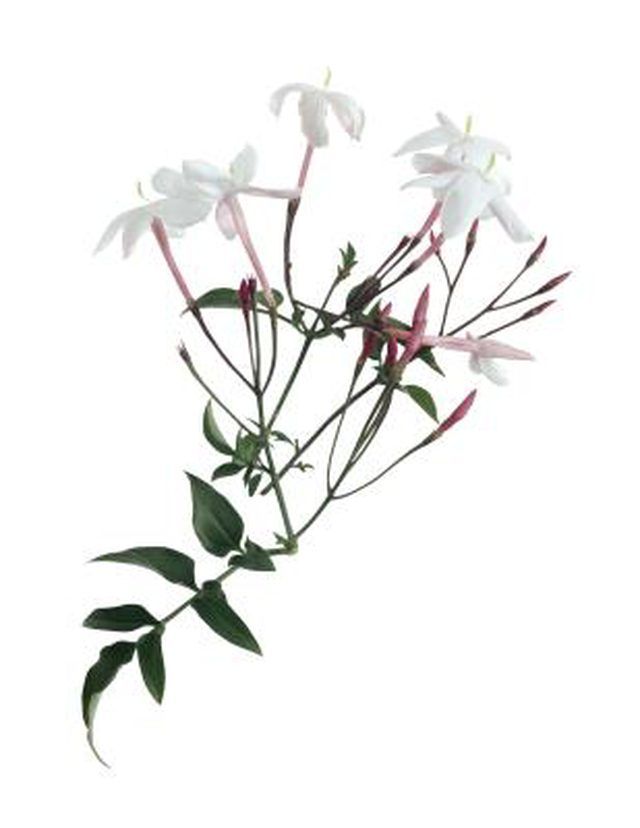Bulbs
Flower Basics
Flower Beds & Specialty Gardens
Flower Garden
Garden Furniture
Garden Gnomes
Garden Seeds
Garden Sheds
Garden Statues
Garden Tools & Supplies
Gardening Basics
Green & Organic
Groundcovers & Vines
Growing Annuals
Growing Basil
Growing Beans
Growing Berries
Growing Blueberries
Growing Cactus
Growing Corn
Growing Cotton
Growing Edibles
Growing Flowers
Growing Garlic
Growing Grapes
Growing Grass
Growing Herbs
Growing Jasmine
Growing Mint
Growing Mushrooms
Orchids
Growing Peanuts
Growing Perennials
Growing Plants
Growing Rosemary
Growing Roses
Growing Strawberries
Growing Sunflowers
Growing Thyme
Growing Tomatoes
Growing Tulips
Growing Vegetables
Herb Basics
Herb Garden
Indoor Growing
Landscaping Basics
Landscaping Patios
Landscaping Plants
Landscaping Shrubs
Landscaping Trees
Landscaping Walks & Pathways
Lawn Basics
Lawn Maintenance
Lawn Mowers
Lawn Ornaments
Lawn Planting
Lawn Tools
Outdoor Growing
Overall Landscape Planning
Pests, Weeds & Problems
Plant Basics
Rock Garden
Rose Garden
Shrubs
Soil
Specialty Gardens
Trees
Vegetable Garden
Yard Maintenance
Why Does My Jasmine Plant Look Dead After the Winter?
Why Does My Jasmine Plant Look Dead After the Winter?. Once winter has passed, plants begin blooming and growing; jasmine is no exception. However, if a jasmine plant appears to have died over the winter, gardeners should examine it thoroughly to see if it can be saved.

Once winter has passed, plants begin blooming and growing; jasmine is no exception. However, if a jasmine plant appears to have died over the winter, gardeners should examine it thoroughly to see if it can be saved.
Pruning
Jasmine plants that are covered with dead leaves may be in need of pruning. Removing the previous season's dead growth helps invigorate the plant and clears the way for new growth to emerge. It also helps prevent rotting dead leaves and flowers from attracting harmful pests and fungi to the garden.
Water
A lack of water can account for jasmine's failure to begin growing again. Drought and dry soil prevent the jasmine from starting a new season's growth, leaving the plant dormant and looking dead. Regular watering helps bring the plant out of its dormancy.
Winterizing Jasmine
Most jasmine plants are tropical and should be brought indoors for the winter because freezing temperatures will kill them. Even winter jasmine can be damaged or killed by severe winter weather and freezes. Cover the roots of the plant with mulch, and cover the plant with a frost blanket before winter to keep the ground warm.